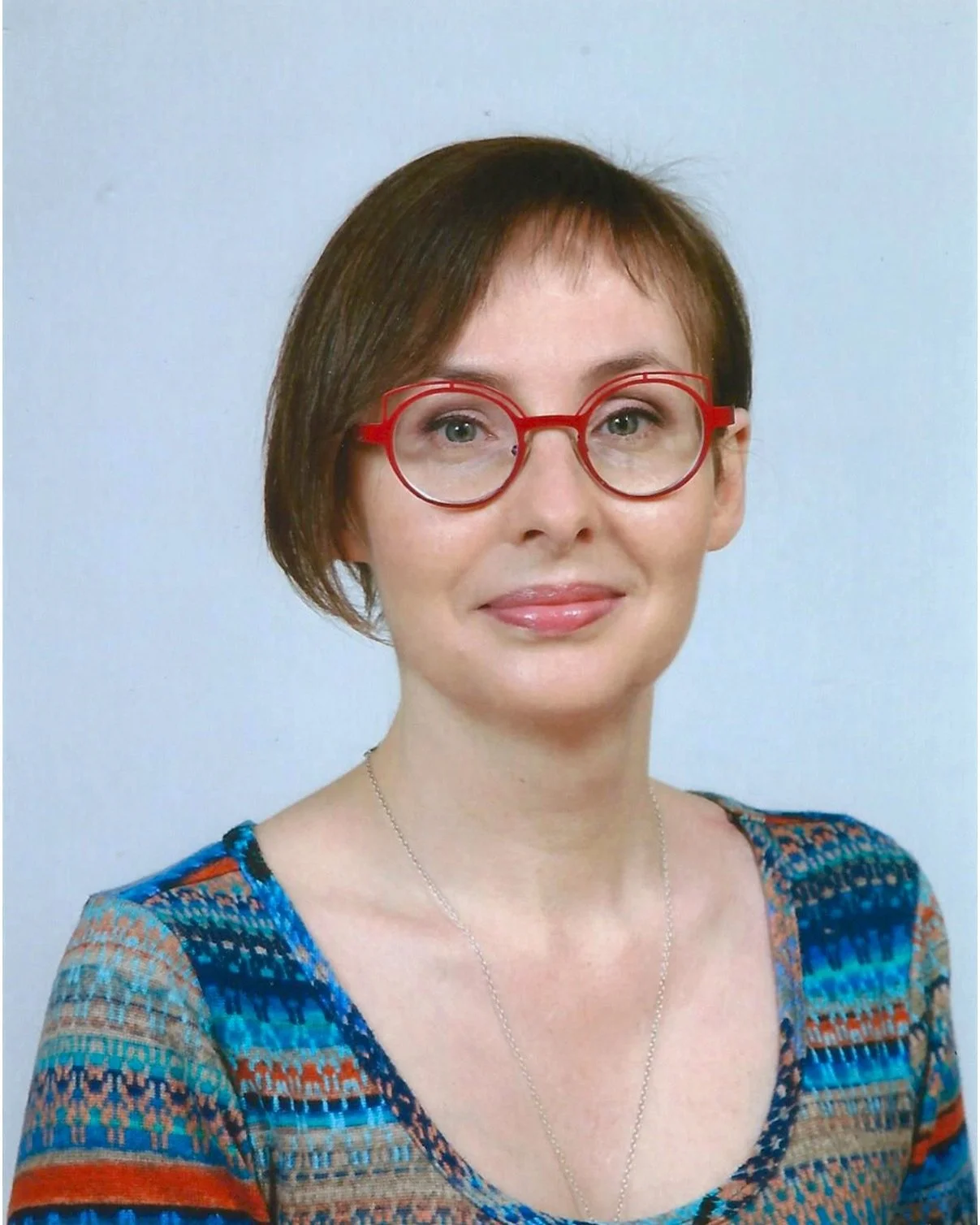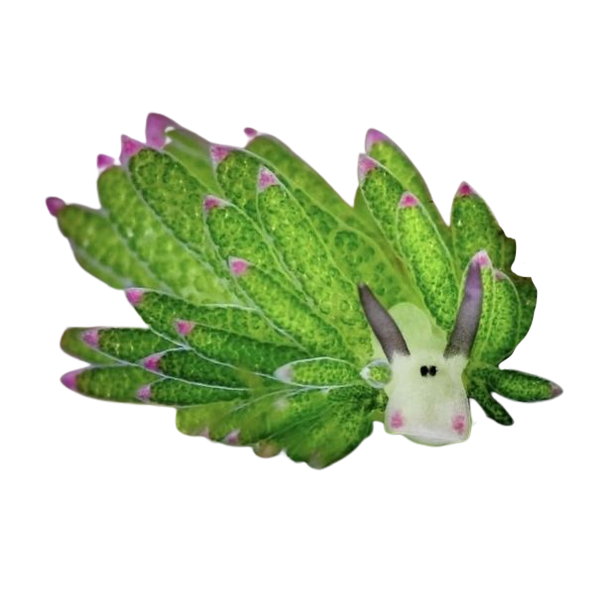Photosynthesis
Yulia Shtern
“Leaf Sheep, Costasiella kuroshimae, is a sea slug. Its scientific name is the combination of Latin and Japanese in reference to the island of Kuroshima, where they were first discovered in 1993. As a recently-discovered species, the expand of their natural habitat is yet unknown. So far they have been spotted in the coral reefs of South-East Asia off the coasts ofJapan, Philippines and Indonesia. Their natural lifespan is also currently unknown.
Leaf sheep are herbivores, are only about 1/4 to 3/8” or 5 to 10 mm long, and are among very few animals who can perform photosynthesis, the process of using sunlight to make energy from carbon dioxide and water that was previously thought of being unique only to plants. To photosynthesize, leaf sheep consume algae and use the process called kleptoplasty to extract their chloroplasts containing chlorophyll, and to store it in their bodies. The by-product of this process also makes them bioluminescent.”
“Leaf sheep is a metaphor for both the past and the possible future. Its natural colour reminds of the purple bacteria performing the earliest forms of photosynthesis. Later cyanobacteria evolved, leading to the evolution of green plants. Leaf sheep is also an inspiration for imagining future alternative sources of clean solar energy technologies. The materials installed next to the sculpture are all that was used in the making of Leaf Sheep. Leaf Sheep was created for Manufactured Ecosystems during Yulia’s residency at the Vermont Studio Center in Johnson, Vermont."
Yulia Shtern
“It never failed to make her smile, never failed to make her feel at least a little plant-like.”
Quote from Monique Cuillerier’s Foliaceous, coming fall 2025




